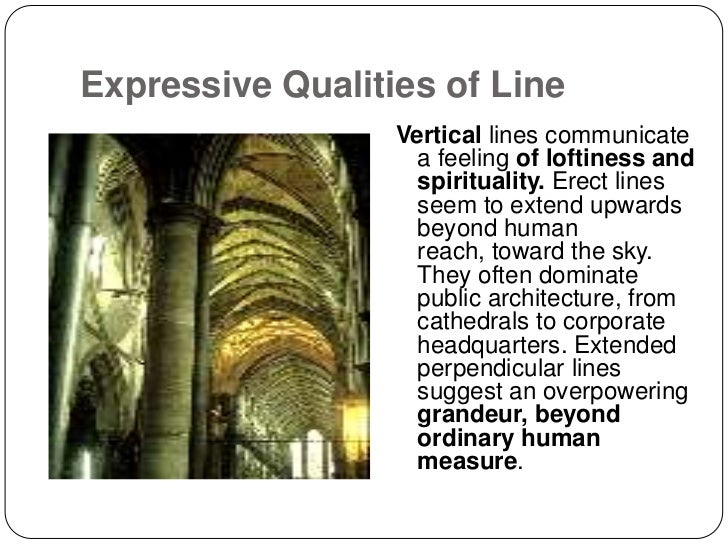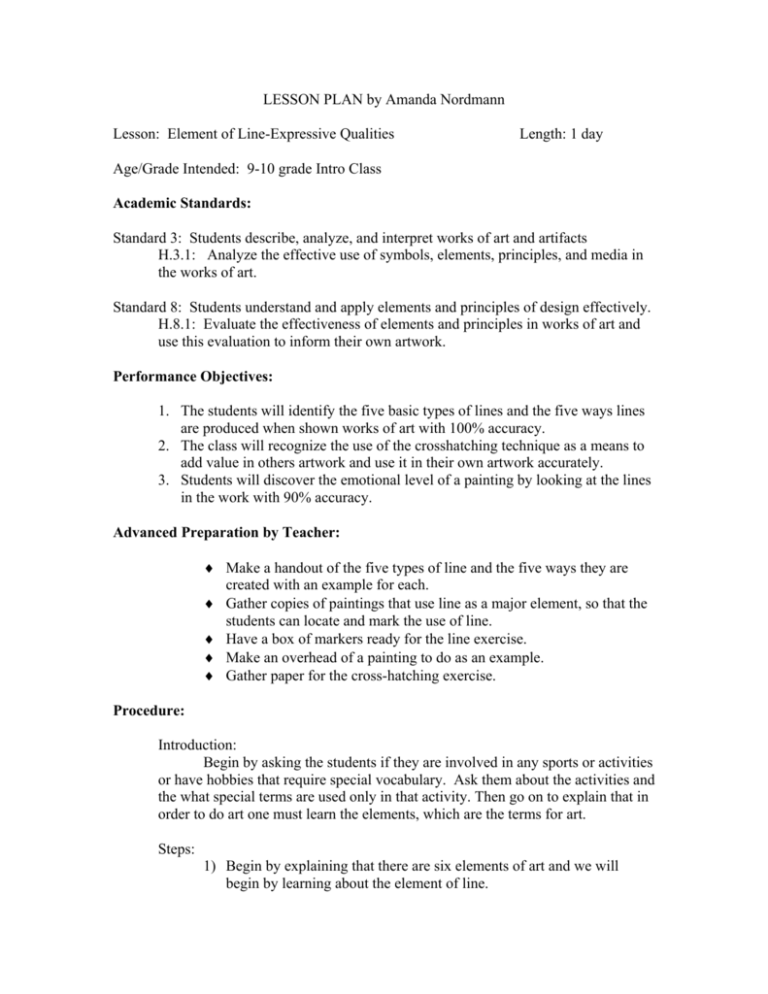Have you ever stopped to truly consider the power of a simple line? In art and design, lines play a crucial role in conveying emotion, movement, and energy. They can be bold and assertive, or delicate and intricate, each with its own unique expressive quality. Understanding the different characteristics of lines and how they can evoke specific moods is essential for any artist or designer looking to communicate effectively through their work.
Lines are not just marks on a page; they are a fundamental element of visual language that can communicate a wide range of emotions and ideas. From the sweeping curves of a calligraphic line to the jagged edges of a broken line, each variation carries its own meaning and emotional impact. By harnessing the expressive qualities of line, artists and designers can create dynamic compositions that engage viewers on a visceral level.
So, what are the expressive qualities of line and how can they be used to enhance artistic expression? Let's delve deeper into the world of lines and discover the myriad ways in which they can convey emotion, movement, and meaning in art and design.
Read also:Date Night Ideas Mn
The Power of Line Variation
How does the thickness of a line affect its expressive quality? The variation in line weight can convey a sense of depth, volume, and movement in a composition. Thick, bold lines may suggest strength and stability, while thin, delicate lines can evoke a sense of fragility or lightness. By skillfully manipulating line weight, artists can create a dynamic interplay of forms that draw the viewer's eye and evoke specific emotional responses.
Emotional Impact of Line Direction
Can the direction of a line influence the mood of a composition? Absolutely. Horizontal lines often convey a sense of calm, stability, and tranquility, while vertical lines can suggest strength, growth, and stability. Diagonal lines, on the other hand, are dynamic and energetic, implying movement and tension. By carefully considering the direction of lines in their work, artists can create compositions that resonate with viewers on an emotional level.
Exploring Line Quality in Different Art Forms
How do different art forms utilize line to achieve expressive qualities? In drawing, lines are used to outline shapes, create texture, and define form. In painting, lines can be blurred or obscured to create a sense of depth and atmosphere. In graphic design, lines are often used to organize information and create visual hierarchy. By examining how lines are employed in various art forms, we can gain a deeper appreciation for their expressive potential.
The Versatility of Line in Contemporary Art
Contemporary artists continue to push the boundaries of line, exploring new ways to harness its expressive qualities in their work. From intricate line drawings to bold gestural marks, artists are finding innovative ways to communicate complex ideas and emotions through the humble line. By embracing the versatility of line, artists can create compelling, thought-provoking work that resonates with audiences around the world.
Experimenting with Line in Your Own Work
How can you incorporate the expressive qualities of line into your own art or design practice? Start by experimenting with different types of lines – straight, curved, jagged, smooth – and consider how each one influences the overall mood of your composition. Play with line weight, direction, and spacing to create visual interest and evoke specific emotions. Don't be afraid to push the boundaries of traditional line work and explore new ways to express yourself through this fundamental element of design.
Conclusion: Harnessing the Power of Line
By understanding the expressive qualities of line and how they can be manipulated to convey emotion and meaning, artists and designers can create work that resonates with viewers on a deep, visceral level. Whether you're a seasoned professional or just starting out on your creative journey, exploring the vast potential of line can open up new avenues of expression and communication. So, the next time you pick up a pencil or a brush, consider the humble line and the powerful impact it can have on your art and design practice.
Read also:Does Grubhub Have Live Chat Unlocking The Realtime Support Experience


